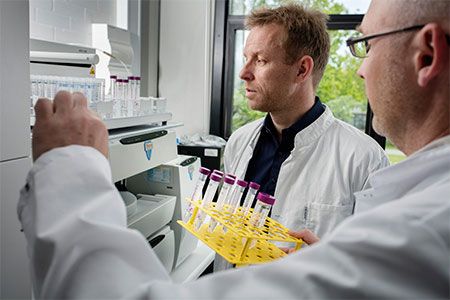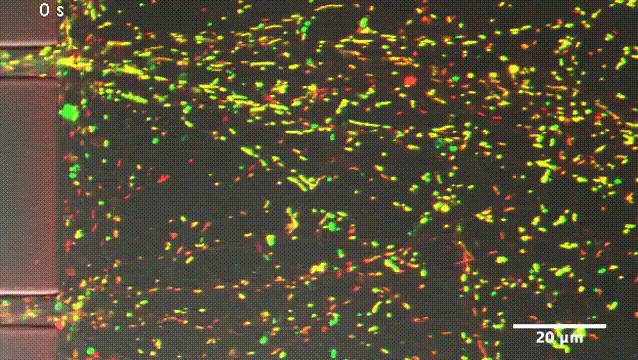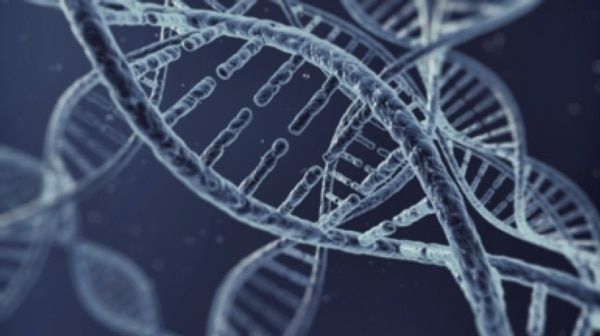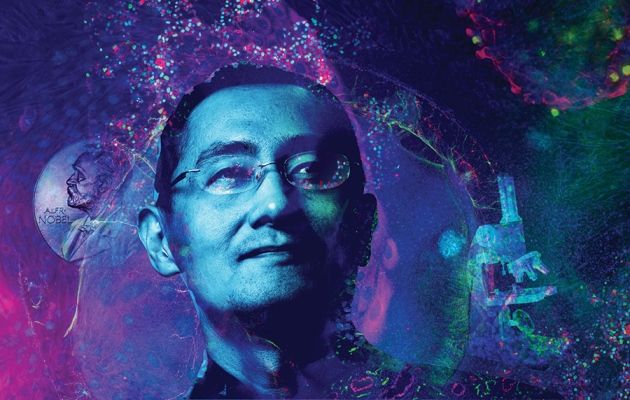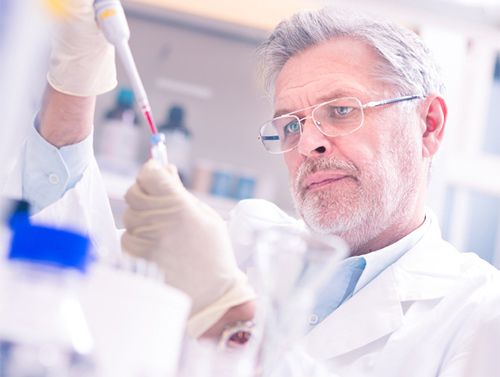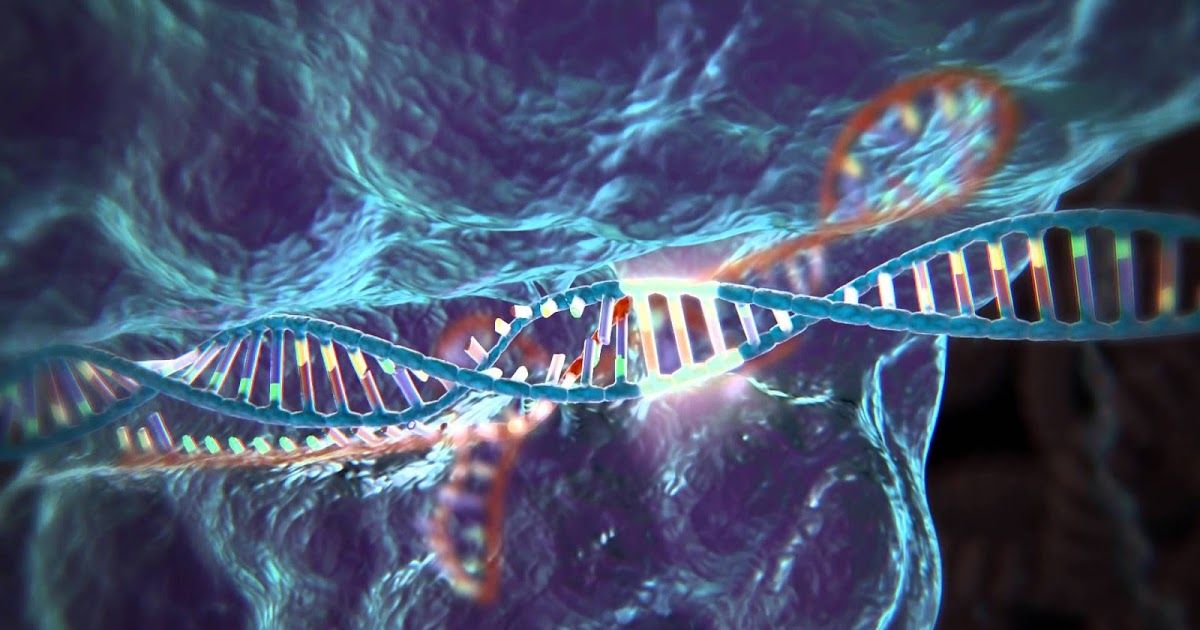Jun 16, 2016
Aust’n researchers discover immune cells to fight Legionella bacteria
Posted by Karen Hurst in category: biotech/medical
Interesting.
A team of Melbourne researchers believe they have discovered a new immune cell which is able to fight the infectious and potentially lethal bacteria, Legionella.
A team of specialist immunologists and microbiologists from the University of Melbourne and the Peter Doherty Institute for Infection and Immunity conducted a study which was able to determine a new cell type responsible for combating the attack of the bacteria.
The team was able to break down the impact of the legion of immune cells in the lung, which communicate to destroy the legionella bacteria.
Continue reading “Aust’n researchers discover immune cells to fight Legionella bacteria” »
